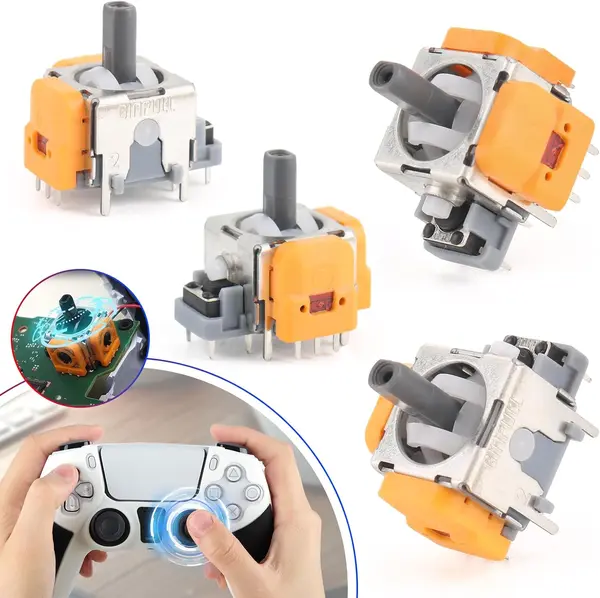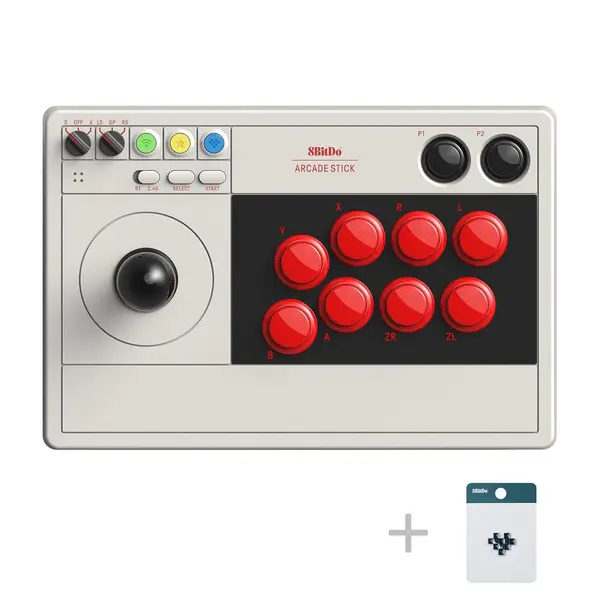Suzuki Violin School, Vol 1: Violin Part – A Timeless Guide for Aspiring Violinists

The Suzuki Violin School, Vol 1: Violin Part is more than just a book—it’s a gateway to the world of violin playing for beginners. Developed by Dr. Shinichi Suzuki, this method has revolutionized music education, emphasizing the importance of learning music as a language. With its intuitive approach and carefully curated repertoire, this volume has become a cornerstone for violinists worldwide. Whether you’re a parent guiding your child or an adult learner embarking on a musical journey, this book offers a structured and inspiring path to mastering the violin.
In this review, we’ll explore the strengths and weaknesses of the Suzuki Violin School, Vol 1, delve into its technical aspects, and provide a comprehensive analysis to help you decide if it’s the right choice for your musical aspirations.
Pros and Cons
Pros
- Proven Teaching Method: The Suzuki Method is renowned for its effectiveness, especially for young learners. It emphasizes listening, repetition, and parental involvement, creating a nurturing environment for musical growth.
- Gradual Progression: The book introduces techniques and pieces in a logical sequence, ensuring that students build a solid foundation before advancing to more complex skills.
- Classical Repertoire: The included pieces are timeless classics, such as Twinkle, Twinkle, Little Star and Lightly Row, which are both enjoyable and educational.
- Accompaniment Tracks: The availability of accompaniment tracks (sold separately) enhances the learning experience, helping students develop rhythm and ensemble skills.
- Durable and Portable: The book is well-constructed with high-quality paper and binding, making it durable for frequent use. Its compact size makes it easy to carry to lessons or practice sessions.
Cons
- Limited Explanation of Techniques: While the book provides sheet music, it lacks detailed explanations of bowing techniques, finger placement, and other foundational skills. Beginners may need supplementary resources or a teacher’s guidance.
- No Audio Included: The book does not come with a CD or digital audio files, which are essential for the Suzuki Method’s emphasis on listening. These must be purchased separately.
- Repetitive for Some Learners: The focus on repetition, while effective, may feel monotonous for students who prefer a more varied or fast-paced learning approach.
Technical Analysis
Materials and Construction
The Suzuki Violin School, Vol 1: Violin Part is printed on high-quality, acid-free paper that resists wear and tear. The binding is sturdy, allowing the book to lie flat on a music stand without falling apart. The clear, easy-to-read notation ensures that students can focus on playing rather than deciphering the music.

Design and Layout
The book’s design is minimalist yet effective. Each piece is presented with ample space for annotations, making it ideal for teachers and students to add notes. The progression of difficulty is well thought out, starting with simple rhythms and gradually introducing more complex techniques.
Repertoire and Content
The repertoire in Volume 1 includes 17 pieces, ranging from folk tunes to classical compositions. Each piece is carefully selected to reinforce specific skills, such as bow control, intonation, and rhythm. The inclusion of fingerings and bowings provides additional guidance, though some learners may find these markings restrictive.
Supplementary Materials
While the book itself is a valuable resource, the Suzuki Method relies heavily on supplementary materials, such as accompaniment tracks and instructional videos. These are not included with the book, which may increase the overall cost for learners.
Visual Appeal and Usability
The Suzuki Violin School, Vol 1: Violin Part is visually appealing, with clean, uncluttered pages that prioritize readability. The use of larger fonts and clear notation makes it accessible to young learners, while the durable construction ensures it can withstand years of use.

Conclusion
The Suzuki Violin School, Vol 1: Violin Part is a timeless resource that has stood the test of time. Its structured approach, combined with a carefully curated repertoire, makes it an excellent choice for beginners. However, its reliance on supplementary materials and lack of detailed technique explanations may require additional investments in lessons or resources.
While the Suzuki Method is highly effective, it may not suit every learner’s style. Those who thrive on repetition and a structured environment will find this book invaluable, while others may prefer a more flexible or varied approach.
Ultimately, the Suzuki Violin School, Vol 1: Violin Part is a foundational tool that has shaped countless musicians. Its strengths far outweigh its limitations, making it a worthy addition to any aspiring violinist’s library.
Check out the Suzuki Violin School, Vol 1: Violin Part on Amazon: https://www.amazon.com/dp/0757900615?tag=smartshopreviews-20







